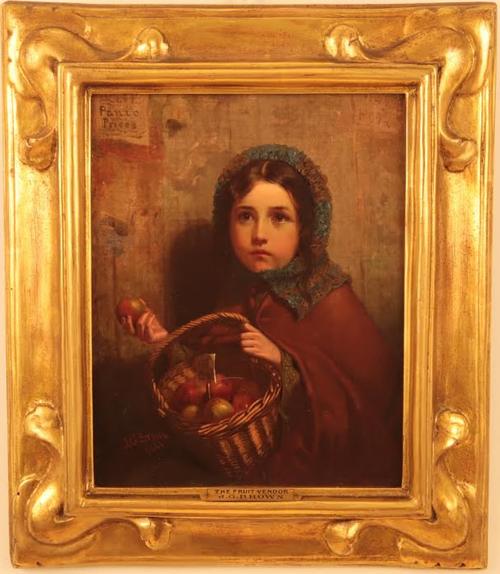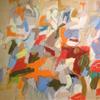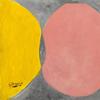Featured 19th Century Painter: JOHN GEORGE BROWN ( aka J.G. Brown )
- February 11, 2021 14:31

Artist John George Brown (aka J.G. Brown) was born in Durham, England. His father, being of a practical bent, had discouraged him from pursuing an art career. In deference to his father, he took up a trade by apprenticing with a glass cutter at Newcastle-On-Tyne. Brown later moved to Edinburgh, Scotland and while still plying his trade, studied under, historical painter, Robert Scott Lauder at the School of the Royal Scottish Academy. A move to London sealed his fate. He was making a living as a portraitist when he heard Harry Russell, the popular English singer/composer/music hall performer extolling American life. It was too much for the young man to resist—Brown immigrated to Brooklyn, New York in 1853. Brown worked as a glass cutter at the Flint Glass Works in Brooklyn. His design skills were such that his employer supported his study with noted New York City miniaturist, Thomas Seir Cummings at the National Academy of Design. He was fortunate to have garnered the attention and friendship of Samuel Putnam Avery, a New York art dealer. Brown is best known for his rather romantic depictions of New York’s poor, but enterprising street children engaged in a variety of income-generating activities (bootblack, paperboys, fruit seller), to the extent that he became known as "the bootblack Raphael". John George Brown's portrayals of street children were wildly popular with Victorian New Society and by the end of the 19th century Brown had become wealthy from sales of his original paintings and royalties from prints of his copyrighted works. Soon after his arrival in Brooklyn, the industrious Brown exhibited regularly at the Brooklyn Art Association, National Academy of Design, Artists’ Fund Society, Pennsylvania Academy of the Fine Arts, Century Club, American Watercolor Society and Gill’s Art Galleries. His friend Samuel Avery was appointed U.S. Commissioner to the 1889 Paris Exposition Universelle, and perhaps it is no coincidence that Brown was invited to exhibit. Browne was awarded an honorable mention. He was founding member of the Brooklyn Art Social, the Brooklyn Arts Association and the Brooklyn Sketch Club. He was also a member of the National Academy of Design, American Water Color Society, and the Artists’ Fund Society. .





















